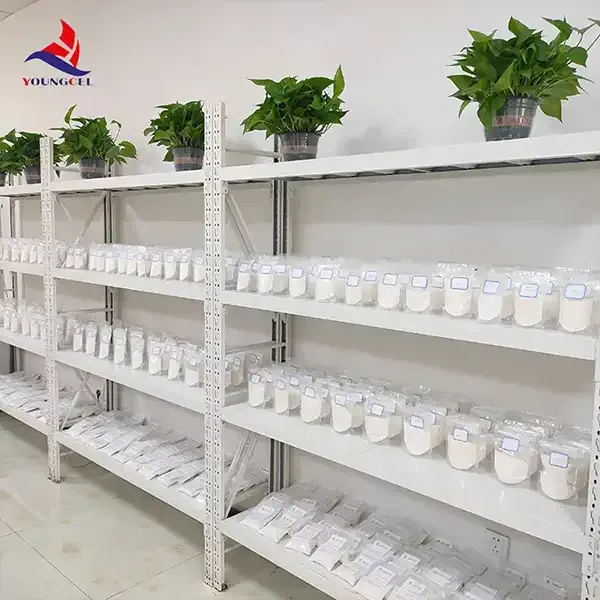The Versatility of HEC Cellulose An Overview
Hydroxyethyl cellulose (HEC) is a water-soluble derivative of cellulose, a natural polymer derived from the cell walls of plants. HEC is synthesized by reacting ethylene oxide with cellulose, resulting in a compound that boasts a wide array of applications across various industries. Its unique properties make it an invaluable material in pharmaceuticals, cosmetics, food, and construction, among other fields.
The Versatility of HEC Cellulose An Overview
In addition to its thickening properties, HEC is highly valued in the pharmaceutical industry. It serves as a pharmaceutical excipient, which means it can assist in the formulation of medicines. HEC is often utilized in the production of controlled-release drug formulations, as it can regulate the release rate of active pharmaceutical ingredients. This characteristic is crucial for therapeutic applications where precise dosing is imperative. Furthermore, HEC's biocompatibility and non-toxic nature make it an ideal choice for drug delivery systems, providing safety and efficacy in medicinal applications.
hec cellulose

The food industry also benefits from the use of HEC. It is employed as a food additive, providing stabilization and thickening properties to various food products. For instance, HEC enhances the mouthfeel and texture of sauces, salad dressings, and dairy products. Its emulsifying properties help maintain uniform dispersion in food items, ensuring consistent quality and flavor. As consumers increasingly seek out clean-label ingredients, HEC's natural origins make it an attractive option for food manufacturers aiming to formulate healthier products.
Moreover, HEC plays a crucial role in construction and building materials. Its properties as a thickener and binder make it instrumental in the formulation of paints, coatings, and adhesives. In these applications, HEC improves the consistency and application properties of products, ensuring even distribution and optimal performance. Additionally, the water retention capabilities of HEC are beneficial in cement mixtures and mortars, preventing rapid water evaporation and enhancing the workability of construction materials.
Sustainability is another significant aspect of HEC. As it is derived from renewable resources, its use aligns with the growing demand for environmentally friendly materials. The increasing emphasis on sustainability in various industries means that HEC is well-positioned for future growth and innovation. Manufacturers are focused on developing biodegradable and eco-friendly products that utilize natural polymers, placing HEC at the forefront of this trend.
In conclusion, hydroxyethyl cellulose (HEC) is a versatile and valuable material with a wide range of applications across multiple industries. Its unique properties, such as thickening, gelling, and stabilizing capabilities, make it an essential ingredient in cosmetics, pharmaceuticals, food, and construction. As sustainability continues to dominate consumer preferences and regulatory standards, HEC's natural origin and functionality ensure that it will remain a pivotal component in the formulation of innovative and eco-friendly products. The future looks bright for HEC, as its adaptability and performance will continue to drive its use in diverse applications, championing a more sustainable approach to manufacturing and product development.
-
Rdp Powder: Key Considerations for Wholesalers in the Building Materials IndustryNewsJul.08,2025
-
Key Considerations for Wholesalers: Navigating the World of Hpmc - Based ProductsNewsJul.08,2025
-
Hpmc Detergent: Key Considerations for WholesalersNewsJul.08,2025
-
Key Considerations for Wholesalers: China Hpmc For Tile Adhesive, Coating Additives, Concrete Additives, and MoreNewsJul.08,2025
-
Crucial Considerations for Wholesalers: Navigating the World of Construction MaterialsNewsJul.08,2025
-
Key Considerations for Wholesalers Sourcing Additive For Cement, Additive For Concrete, Additive For Putty from Additive Manufacturer Shijiazhuang Gaocheng District Yongfeng Cellulose Co., Ltd.NewsJul.08,2025




